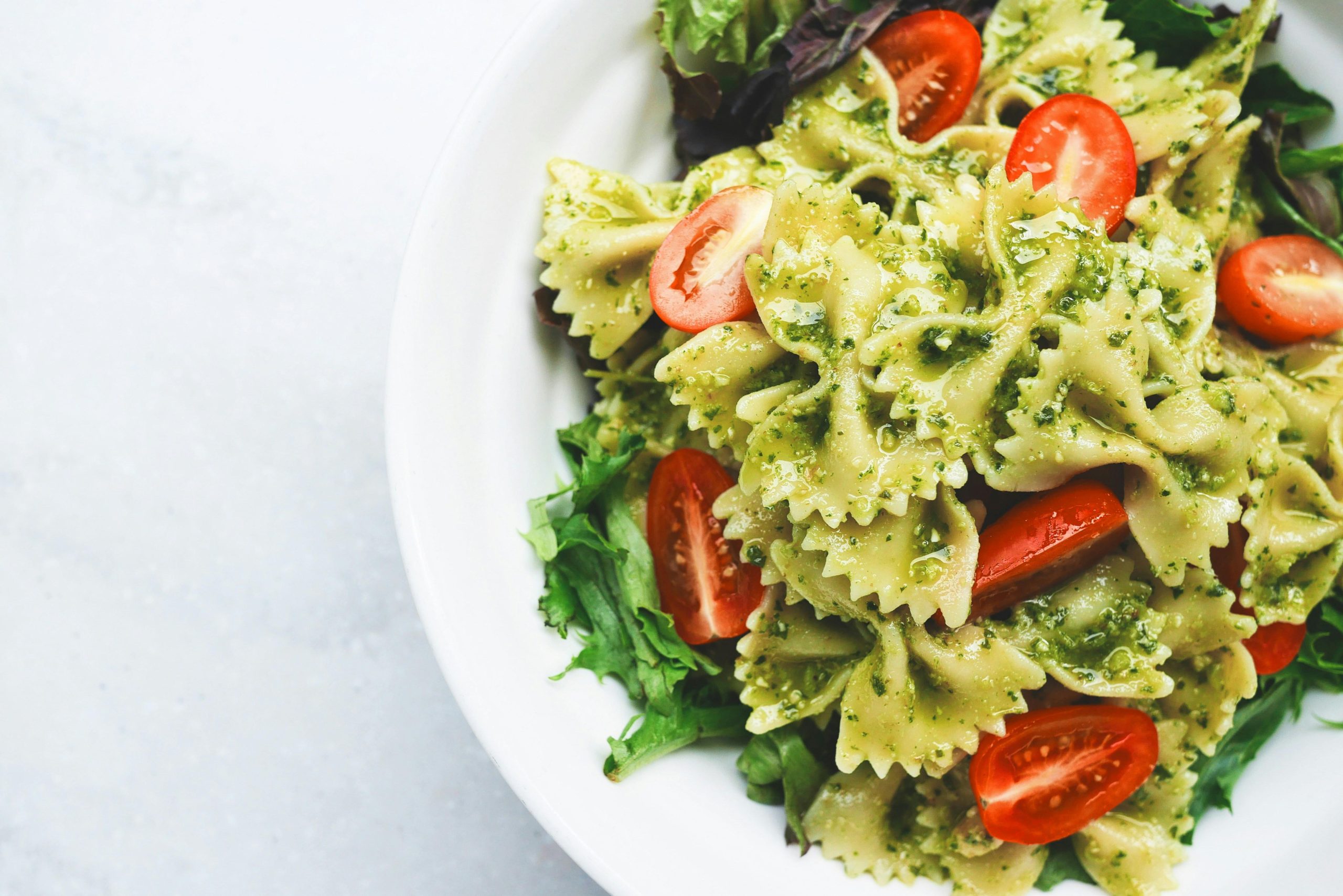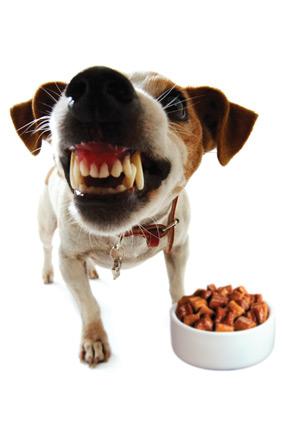Can Food Aggression Ever Be Completely Solved

Food aggression is a common yet challenging behavior observed in both domestic and wild animals, often manifesting as growling, snapping, or biting when their food is approached or threatened. This behavior can pose significant risks not only to other animals but also to humans, particularly in household settings. Understanding the root causes and dynamics of food aggression is crucial for pet owners, trainers, and animal behaviorists seeking effective solutions. In this article, we will explore the underlying factors contributing to food aggression, examine the various strategies employed to address it, and evaluate whether this behavior can ever be completely resolved. By shedding light on this complex issue, we aim to provide a comprehensive guide for those dealing with food aggression in their animals, offering insights into both short-term management and long-term resolution techniques.
Understanding the Root Causes of Food Aggression
Food aggression in pets, particularly in dogs, can be a complex issue rooted in various underlying causes. Understanding these causes is essential for addressing and potentially resolving the behavior. One primary factor is instinctual behavior; animals may exhibit food guarding tendencies as a survival mechanism inherited from their ancestors. Another common cause is resource insecurity. Pets that have experienced inconsistent feeding schedules or food scarcity may develop aggressive behaviors as a means to protect their food supply.
Environmental factors also play a significant role. For instance, pets in multi-animal households might display aggression to assert dominance or secure their share of resources. Additionally, past trauma or negative experiences with food can contribute to this behavior, making it essential to consider an animal’s history when addressing food aggression. By identifying and understanding these root causes, pet owners and trainers can develop tailored strategies that may help mitigate aggressive behaviors over time.
- Instinctual behavior: Inherited survival mechanisms
- Resource insecurity: Inconsistent feeding or food scarcity
- Environmental factors: Multi-animal households, dominance issues
- Past trauma: Negative experiences related to food

Strategies for Managing Food Aggression in Pets
Effectively managing food aggression in pets requires a multifaceted approach that focuses on understanding the underlying causes and implementing consistent training techniques. Here are some strategies that can be employed:
- Identify Triggers: Observe and take note of situations that provoke aggressive behavior. This could include specific environments, types of food, or the presence of other animals.
- Controlled Feeding Environment: Create a calm and consistent setting for feeding. This might involve feeding your pet in a separate room or using a barrier to prevent distractions.
- Desensitization and Counterconditioning: Gradually expose your pet to situations that trigger aggression, rewarding them for calm behavior. This method requires patience and consistency.
- Professional Guidance: Consider seeking help from a professional animal behaviorist or trainer who can provide tailored strategies and insights.
Patience and Consistency: Overcoming food aggression is not an overnight process. It requires dedication and a calm, patient approach from pet owners to achieve lasting results.

Behavioral Modification Techniques for Long-term Solutions
Addressing food aggression in pets involves a blend of patience, consistency, and strategic intervention. To foster long-term behavioral change, it is essential to employ methods that emphasize positive reinforcement and gradual desensitization. Consider the following techniques:
- Desensitization: Slowly acclimate your pet to your presence during mealtime by standing at a distance initially and gradually moving closer over time. This method reduces anxiety and builds trust.
- Positive Reinforcement: Reward your pet with treats or praise when they exhibit calm behavior around food. This reinforces the idea that non-aggressive behavior leads to positive outcomes.
- Consistent Routine: Establish a predictable feeding schedule to create a sense of security and reduce anxiety related to food scarcity.
- Professional Guidance: If the aggression persists, consult with a professional animal behaviorist who can tailor a plan specific to your pet’s needs.
By incorporating these techniques into your daily routine, you can help your pet overcome food aggression and cultivate a peaceful coexistence during mealtime. Consistency and patience are key to achieving lasting change.

Consulting Professionals for Persistent Food Aggression Issues
When dealing with persistent food aggression in pets, consulting professionals can be an invaluable step. Animal behaviorists and veterinarians are often equipped with the expertise to identify the root causes and recommend effective strategies tailored to your pet’s needs. These experts can provide insights into whether the aggression is stemming from medical issues, lack of training, or psychological factors such as anxiety or fear. By engaging with a professional, you can gain a comprehensive understanding of the behavior and receive guidance on implementing appropriate interventions.
- Behavioral modification techniques: Professionals may suggest specific training exercises designed to alter your pet’s response to food-related stimuli.
- Dietary adjustments: Sometimes, a change in diet or feeding routine can help alleviate aggressive tendencies.
- Environmental changes: Adjusting the feeding environment to reduce stressors can be part of the solution.
- Medication: In some cases, a veterinarian may recommend medication to address underlying anxiety or stress.
By leveraging professional guidance, pet owners can address food aggression with a holistic approach, potentially leading to significant improvements and a more harmonious household.



